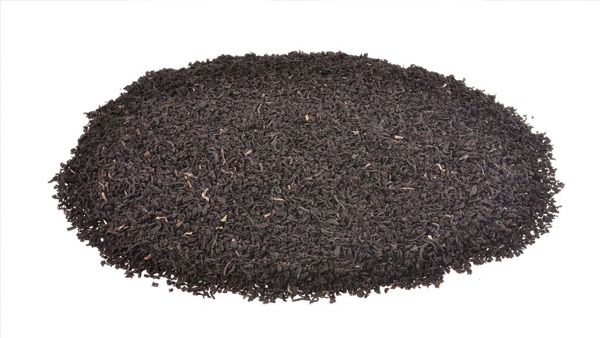
2021-09-18
Due to the progress of the times and the improvement of people's living standards, more and more people have begun to pursue green diets. In the era of various pesticides and fertilizers, a sunrise industry emerged, namely humic acid fertilizers. Let's share the types and functions of humic acid fertilizer today!
It is a kind of green food fertilizer and has a good effect on soil improvement. The effect of increasing the content of microorganisms in the soil, long-term use will not cause soil compaction, and can also achieve the purpose of improving fertilizer utilization. It has been widely used in the production of green fertilizer additives.
What is humic acid fertilizer? What are the types, functions and methods of use of humic acid fertilizer?

Types of humic acid fertilizers.
At present, humic acid fertilizers have been widely developed, such as ammonium humate, sodium humate, potassium humate, humic acid compound fertilizer and humic acid liquid fertilizers with different contents.
According to the source, humic acid fertilizers can be divided into natural humic acid and artificial humic acid. Humic acid is divided into soil humic acid (white), coal humic acid, water humic acid, and mold humic acid.
Humic acid can be divided into primary humic acid and regenerated humic acid (including humic acid in natural weathered coal and artificial oxidized coal) according to its production method.
Humic acid is classified into humic acid, humic acid and black humic acid according to the solubility and color of the solvent. In the early literature, there were also names for gray humic acid, brown humic acid and green humic acid, which were actually separated by different solvents.
According to the natural combination state, it is divided into free humic acid and (calcium, magnesium) combined humic acid.
According to the degree of humification (absorption coefficient and other indicators) of humic acid, it can be divided into A, B (true humic acid) and RP (immature humic acid).
What is humic acid fertilizer? What are the types, functions and methods of use of humic acid fertilizer?
3. How to use humic acid fertilizer.
1. Seed soaking.
Seed soaking can increase the germination rate of seeds, emerge early, and strengthen the rooting ability. Usually the seed soaking concentration is between 0.005%-0.05%, the usual soaking time is 5-10 hours, and the hard-shelled seeds such as rice and cotton are 24 hours.
2. Soaking and dipping roots.
Before transplanting, rice, sweet potato, etc. can be soaked with sodium humate or potassium humate solution at a concentration of 0.01%-0.05%. After soaking the seeds, the roots are fast and the survival rate is high.
3. Spray outside the roots.
Under normal circumstances, the concentration is 0.01%-0.05% solution, sprayed 2-3 times during the flowering period of the crop, and the spraying amount is 50 liters each time, which does not exceed 667 square meters. The spraying time should be 2-4 pm.
4. Make base fertilizer.
Generally, 100-150 kg of solid ammonium humate (such as ammonium humate, etc.) per 667 square meters. When the humic acid solution is used as a base fertilizer, the concentration is 0.05%-0.1%, and the amount of 250-400 liters of aqueous solution per 667 square meters can be mixed with farm manure, and can be used in trenches or holes.
5. Top dressing.
At the seedling stage and before the heading stage of the crop, irrigate about 250 liters of the crop roots with 0.01%-0.1% concentration of aqueous solution per 667 square meters. During irrigation, it can be applied to paddy field or water surface, which can play a role in raising seedlings, strengthening seedlings, and promoting growth and development.